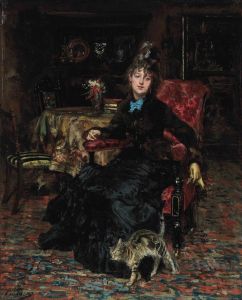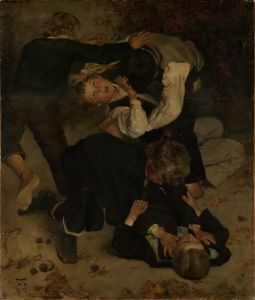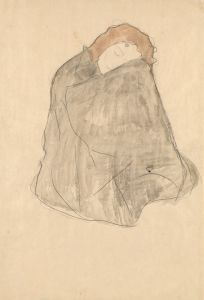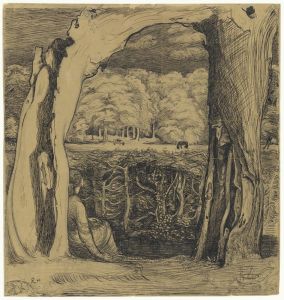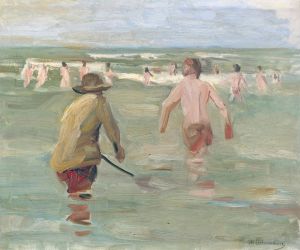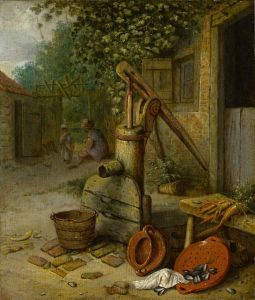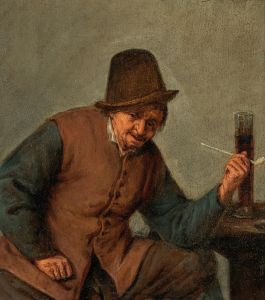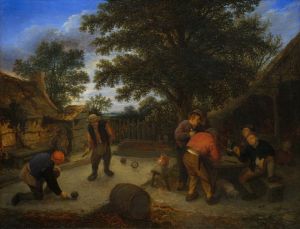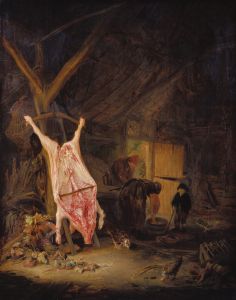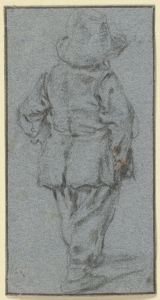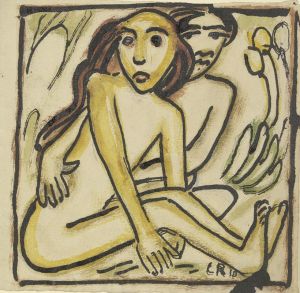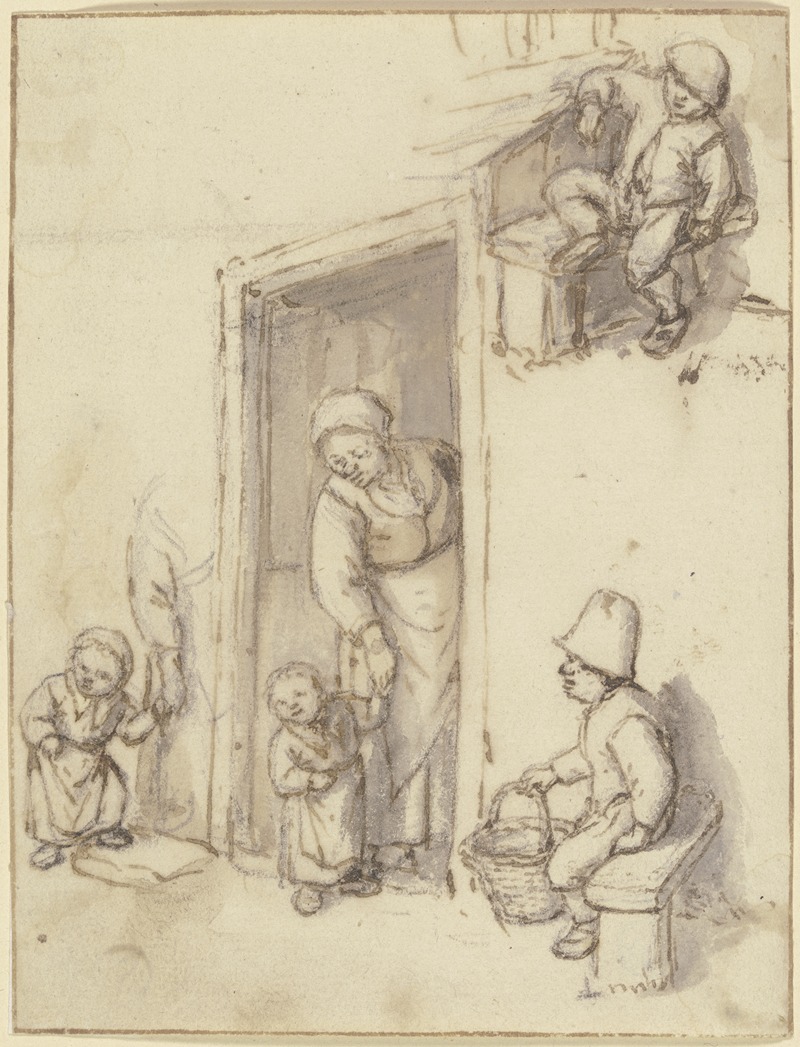
Studienblatt; Eine Mutter und ihre Tochter in der Haustür, ein Mädchen an der Hand der Mutter, und zwei sitzende Jungen
A hand-painted replica of Adriaen van Ostade’s masterpiece Studienblatt; Eine Mutter und ihre Tochter in der Haustür, ein Mädchen an der Hand der Mutter, und zwei sitzende Jungen, meticulously crafted by professional artists to capture the true essence of the original. Each piece is created with museum-quality canvas and rare mineral pigments, carefully painted by experienced artists with delicate brushstrokes and rich, layered colors to perfectly recreate the texture of the original artwork. Unlike machine-printed reproductions, this hand-painted version brings the painting to life, infused with the artist’s emotions and skill in every stroke. Whether for personal collection or home decoration, it instantly elevates the artistic atmosphere of any space.
Adriaen van Ostade was a Dutch Golden Age painter known for his genre scenes depicting peasant life. His works often capture the everyday activities and social interactions of the lower classes in 17th-century Holland. One of his drawings, "Studienblatt; Eine Mutter und ihre Tochter in der Haustür, ein Mädchen an der Hand der Mutter, und zwei sitzende Jungen," exemplifies his focus on domestic and rural life.
The title of the drawing translates to "Study Sheet; A Mother and Her Daughter in the Doorway, a Girl Holding the Mother's Hand, and Two Sitting Boys." This piece is a study drawing, which suggests that it was likely used by van Ostade as a preparatory work for a more finished painting or etching. Study sheets were common among artists of the period as they allowed them to experiment with composition, figure placement, and other elements before committing to a final piece.
In this drawing, van Ostade captures a tender domestic scene. The central figures are a mother and her daughter, who stand in a doorway. The mother holds the hand of a young girl, possibly her daughter, indicating a familial bond and a moment of interaction. Nearby, two boys are seated, perhaps engaged in play or conversation. The setting is typical of van Ostade's work, which often depicted the interiors and exteriors of humble homes, providing a glimpse into the daily lives of ordinary people.
Van Ostade's technique in his drawings is characterized by a keen attention to detail and a fluidity of line that brings his subjects to life. His ability to convey emotion and narrative through simple gestures and expressions is evident in this study sheet. The figures are rendered with a sense of realism and immediacy, capturing a moment in time with sensitivity and insight.
The drawing is executed in pen and ink, a medium that van Ostade frequently employed in his studies. This choice of medium allows for precision and clarity, enabling the artist to focus on the nuances of human interaction and the subtleties of expression. The use of ink also suggests that this study was intended to be a more permanent record of the artist's observations, as opposed to a quick, ephemeral sketch.
Adriaen van Ostade's works, including this study sheet, are significant for their contribution to the genre painting tradition in the Netherlands. They provide valuable insights into the social and cultural context of the time, reflecting the everyday experiences of people who were often overlooked in the grand historical narratives of the era. His drawings and paintings are celebrated for their warmth, humor, and humanity, qualities that continue to resonate with audiences today.
While specific details about the provenance or current location of "Studienblatt; Eine Mutter und ihre Tochter in der Haustür, ein Mädchen an der Hand der Mutter, und zwei sitzende Jungen" may not be readily available, the drawing remains an important example of van Ostade's skill as a draftsman and his enduring interest in the human condition.





